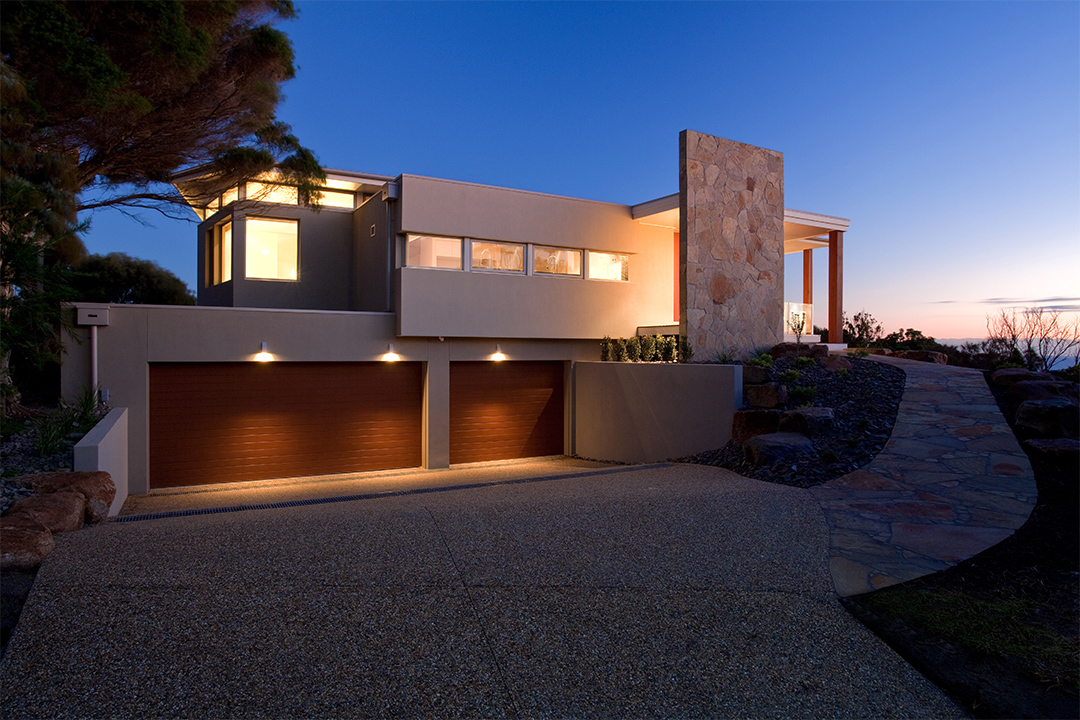
IT’S GOT KERB APPEAL
Your home’s façade is the first thing everyone sees, whether they’re friends and family visiting or merely onlookers driving past on the street. But even more importantly, the façade is the first thing you’ll see when you come home each night. For this very reason, putting a bit of work into the aesthetics is one of the best things you can do for your house. Kirrily Ireland consults Graeme Alexander, designer, carpenter, builder and managing director of Graeme Alexander Homes, on how to renovate your exterior façade so that it is both durable and awe-inspiring.
Written by Kirrily Ireland.
Aesthetically pleasing homes have adorned our streets for many a decade, as some styles have evolved and faded, while others have stood the test of time. If your own personal hub is starting to look tired and out-of-date, consider giving it a much-needed makeover. In particular, ensure you’ve got the proportions of your façade right. Your neighbours will soon be turning their heads to get a second glimpse of your distinguished dwelling.
FIRST IMPRESSIONS COUNT
After putting so much work into building or buying your own home, it’s only expected that you’ll want to show it off. A common pitfall for homeowners, particularly those renovating, is that they end up spending significant time achieving a beautiful interior while neglecting the exterior. But it’s not to be forgotten; when you’re finally ready to invite guests around, you’ll want your front façade to reflect the stunning designs contained within.
Not only is it important for your home to look great when you’re living there, but also when you’re moving out. While showing off your pride and joy to friends and family is certainly satisfying, it’s absolutely crucial that you impress potential buyers when it comes to selling time. Kerb appeal is an investment – it won’t just be the thing that draws buyers in, but the feature that might just earn you an extra buck or two during the negotiations.
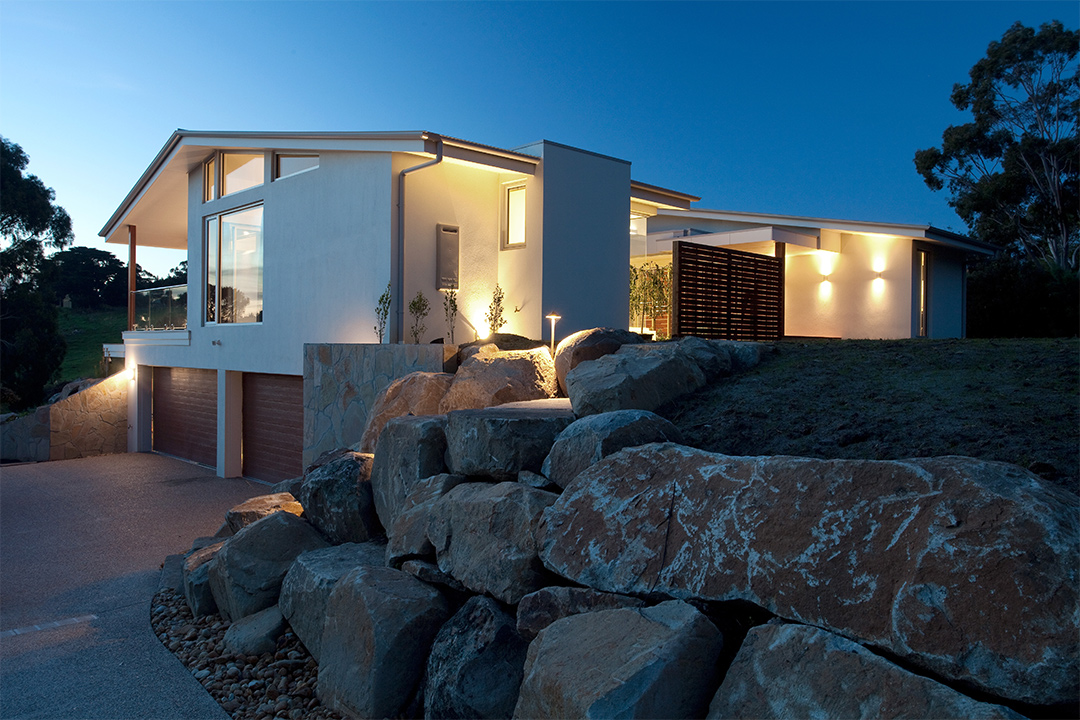
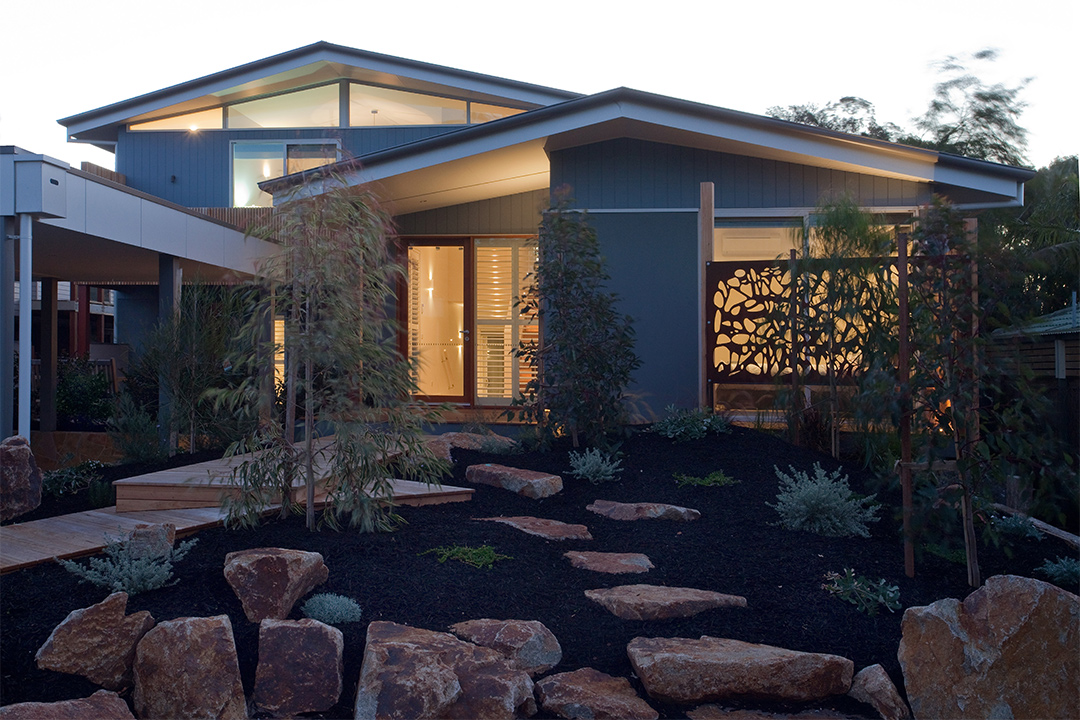
CAREFUL COLLABORATIONS
Alexander’s first point of advice to achieve kerb appeal is to start thinking creatively and “get your ideas on paper”. “I get my inspiration from just about everything to do with daily life,” the expert says. “You form a catalogue in your head that you can draw on when required … I still love it when a client tears pictures they like from magazines [and] place them in a scrapbook … Do it quickly, don’t dwell on pictures, we are not looking for detail, just colour and mood.”
You can come up with a wish list for your builder to accompany your mood board, which can include the types of materials, styles and other needs or wants you’d like to convey. Alexander also advises homeowners not to rush into selecting a builder or architect to complete the job; it’s a long transaction that requires plenty of open communication. Ask yourself if they’ll be able to achieve your vision and help you to get there.
PERFECT PROPORTIONS
While brainstorming and dream ideas are helpful, Alexander stresses that at the end of the day, your home will have plenty of kerb appeal so long as you “get your proportions right”. “You may have to add some structure or planting to achieve this – work with the home, not against it.”
Balance is key to any successful home. This means not overdoing it in some areas, or underdoing it in others, but finding a way to incorporate all the elements in one cohesive façade. A large statement door will overpower smaller, insignificant windows, so consider finding complementary fittings to match. A garish paint job will likely clash with natural materials such as timber and stone. Tone it down and keep it neutral instead.
An experienced building designer or architect will be able to help you with the nitty gritty details of design lines and structure, ensuring that pitched roof you want works with the verandah, or the landscape design flows well with the statement steel wall, both visually and mechanically. Consulting an expert will never go astray – they’ll help you avoid “just whacking something on the front of [your] house that doesn’t fit and has no purpose”.
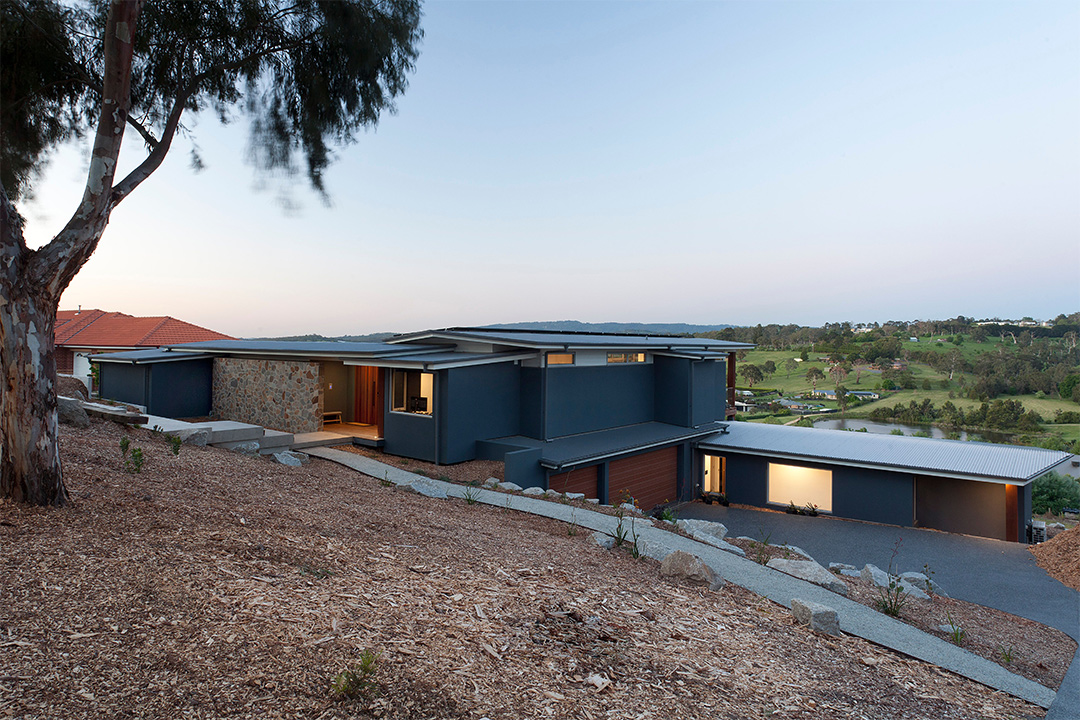
GOOD FAÇADES MAKE GOOD NEIGHBOURS
Before jumping into all of your imaginative ideas to give your home some kerb appeal, remember that you share the kerb with the rest of the street. Oftentimes, the local council will have regulations in place, so don’t skip over researching what is and isn’t allowed.
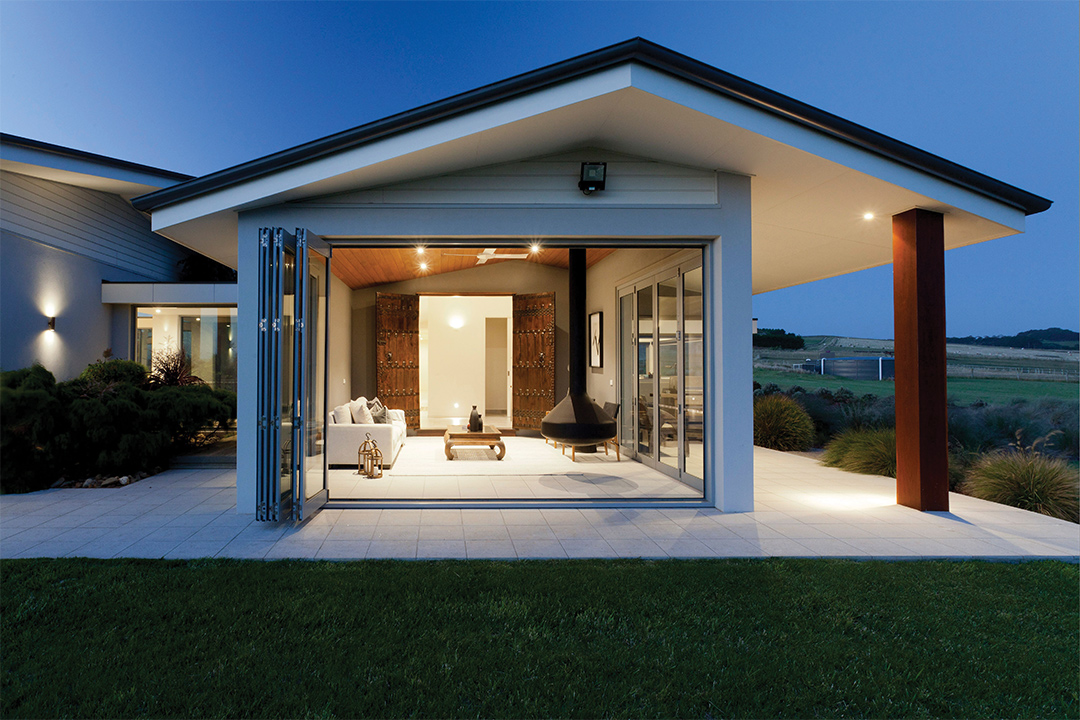
While you don’t have to match your neighbour’s house exactly, complementing it in some way will do both them and you a favour. “The neighbourhood feel or description is very important,” Alexander says. “In a way it sets the guidelines that need to be followed. However, this doesn’t stop you from being original and personable in your vision.” Take inspiration from around the street and put your own spin on it.
If you’re not a fan of the cookie-cutter neighbourhood and wish to stand out a little more, pay your neighbours a courtesy and ensure that no matter what you do, it looks fantastic. After all, they have a better view of your house than you do.
TIMELESS, NOT TRENDY
Whether you’re doing up your home’s façade to put it on the market, or to make it a more inviting place to come home to for the next few decades, either way the design must be able to last over time. Alexander warns against following fads, as trends tend to come and go.
Simple, timeless designs will require far less upkeep, and can be achieved effortlessly through balance, proportion and carefully considered design lines. Alexander says that symmetry isn’t as important so long as all the other design elements tie together seamlessly – especially the proportions, and how they work with the design lines, which is often where homeowners go wrong. At the end of the day, your home is a reflection of you. Finding a builder who is willing to collaborate with your ideas and create a façade that’s best for you and your surrounding neighbourhood is the clear route to expressing your personality, along with the personality of your home.
